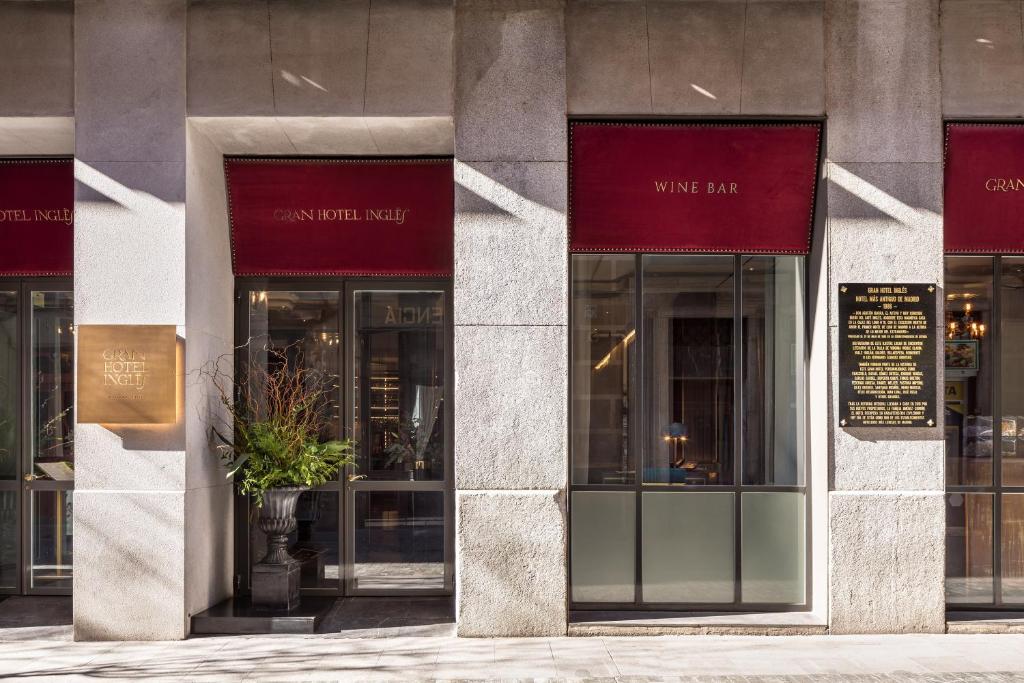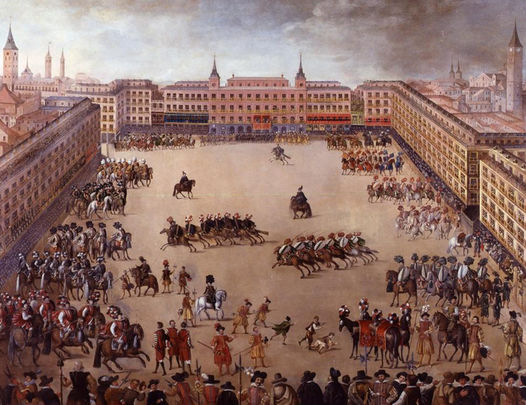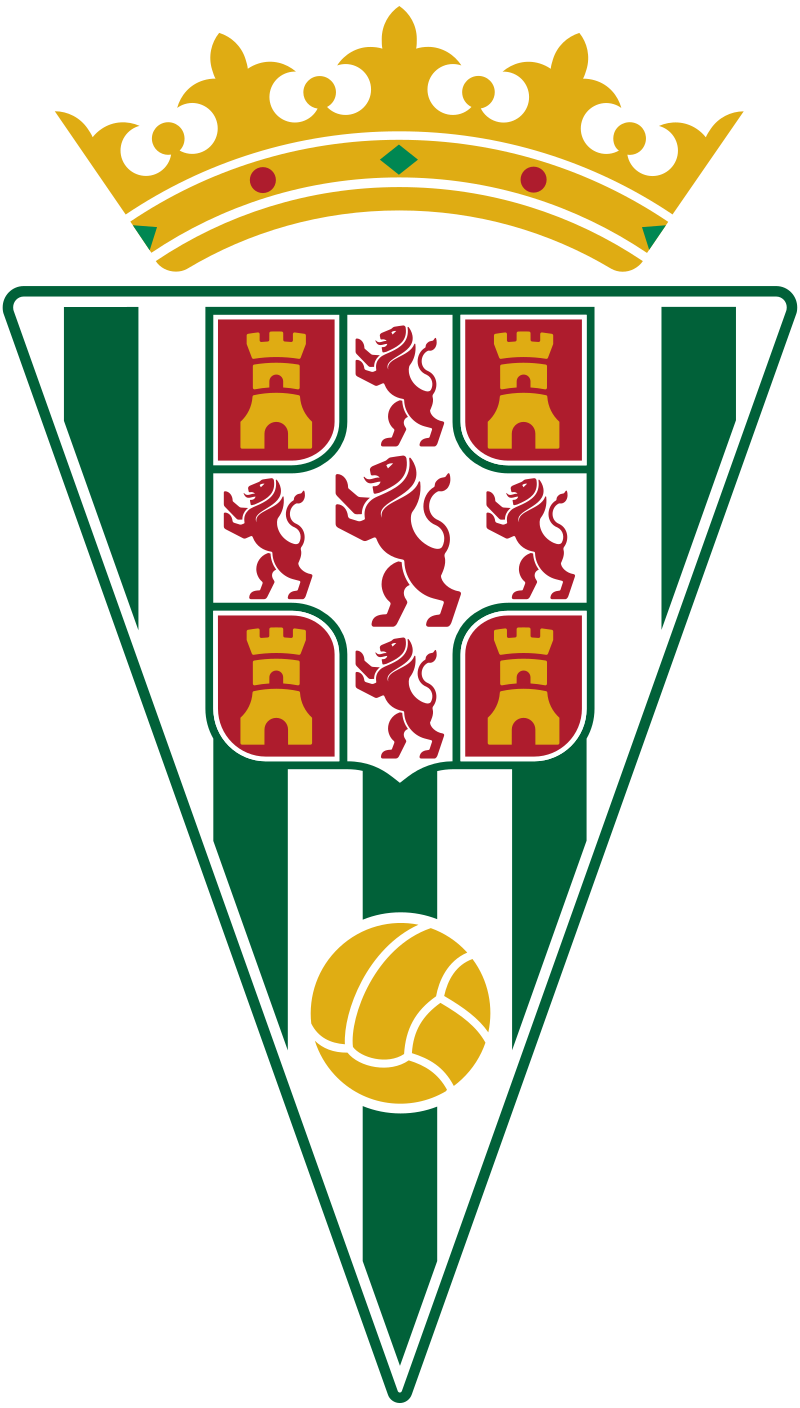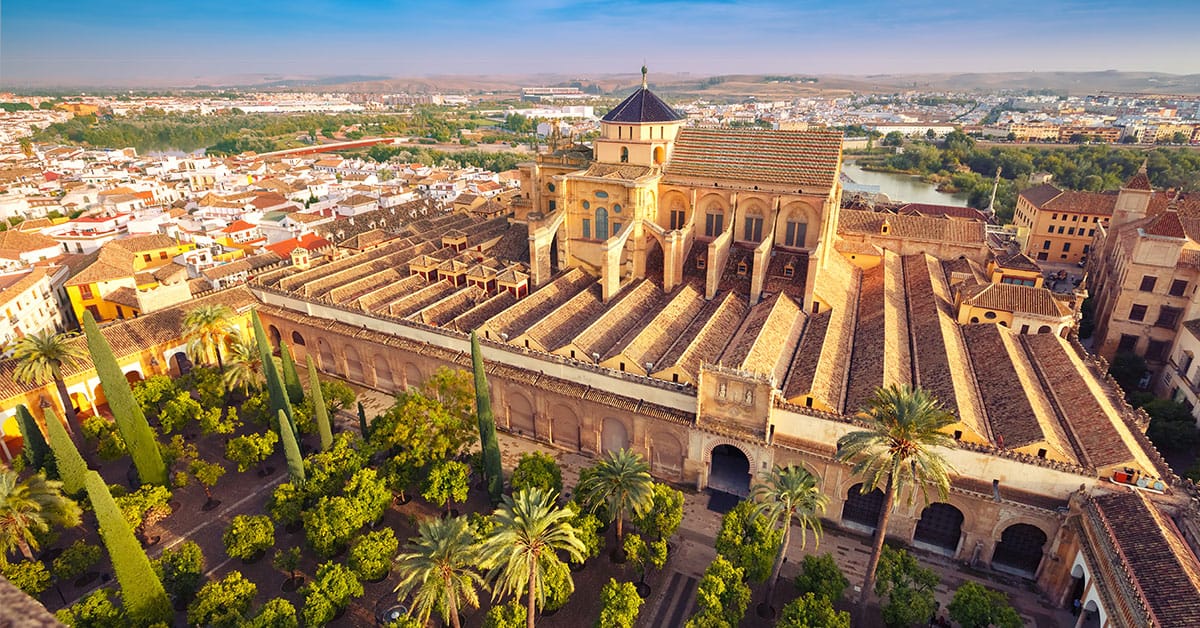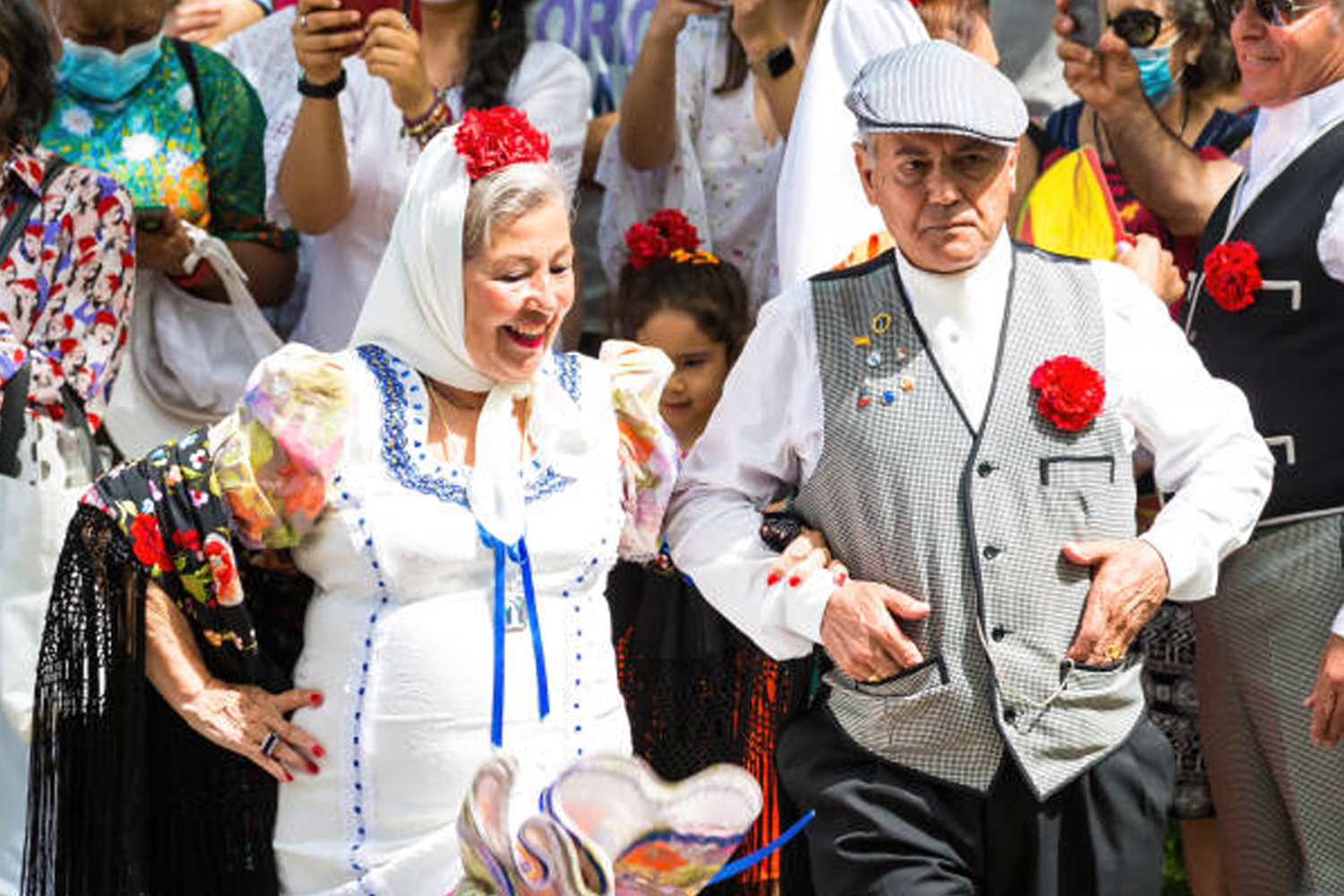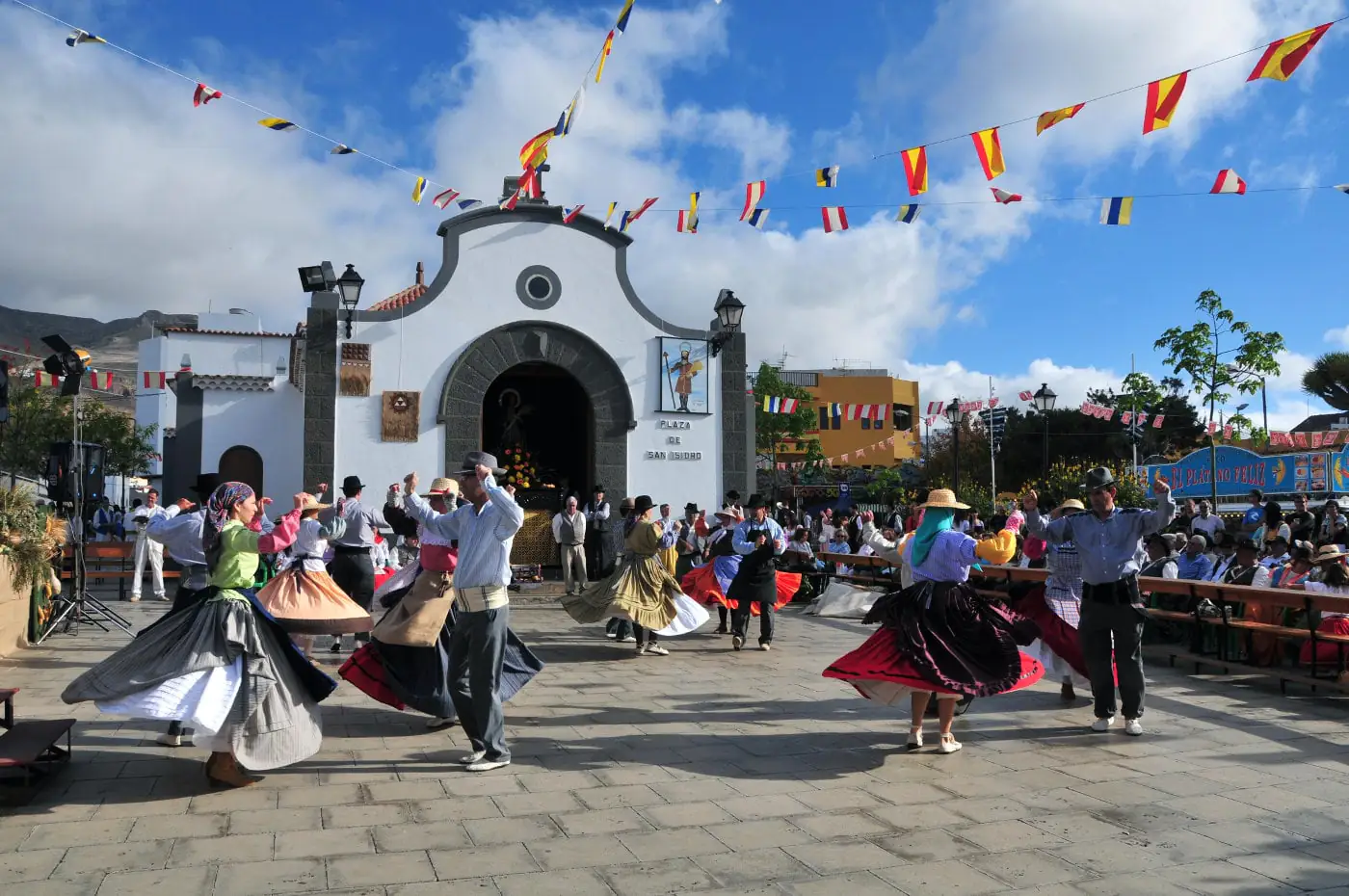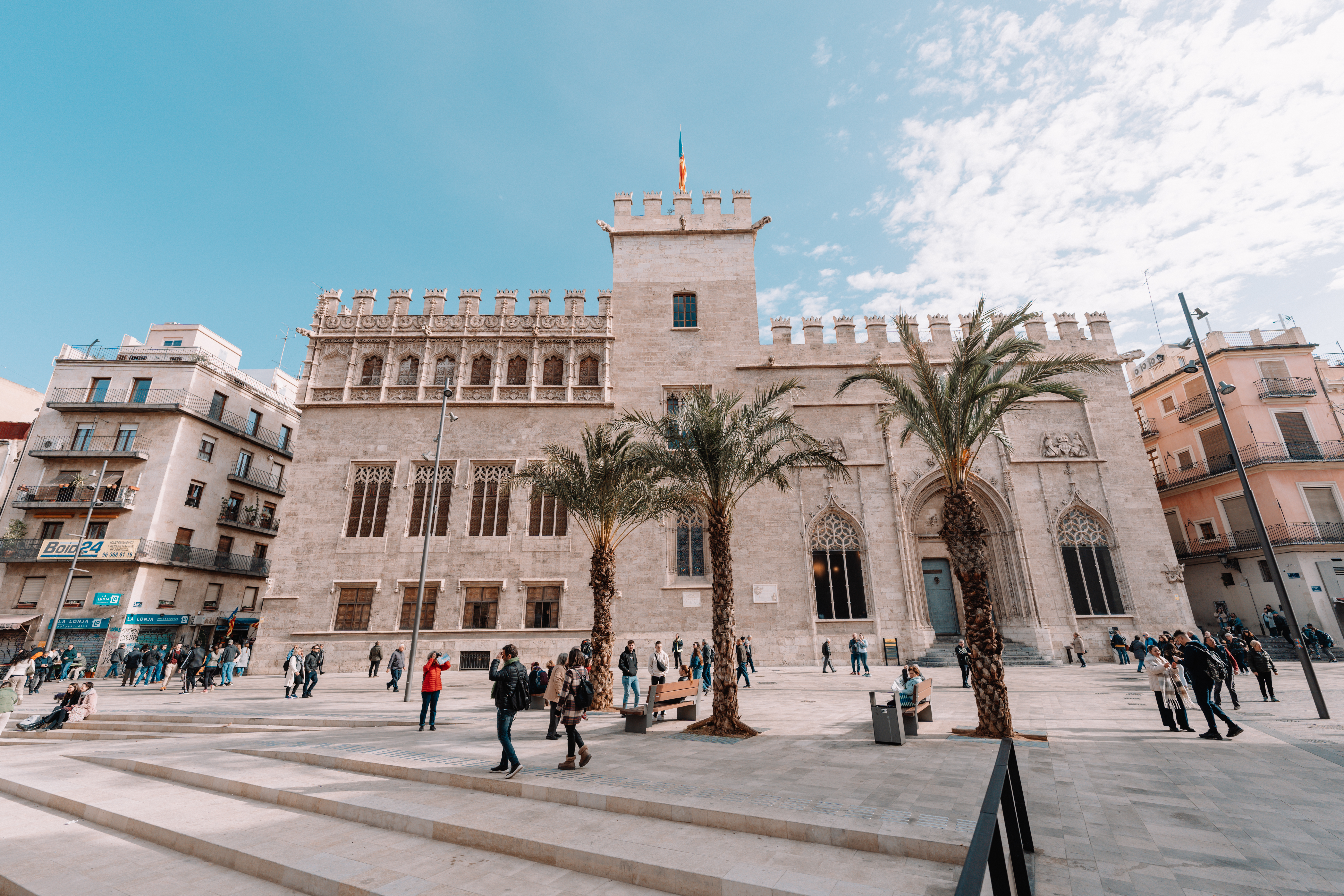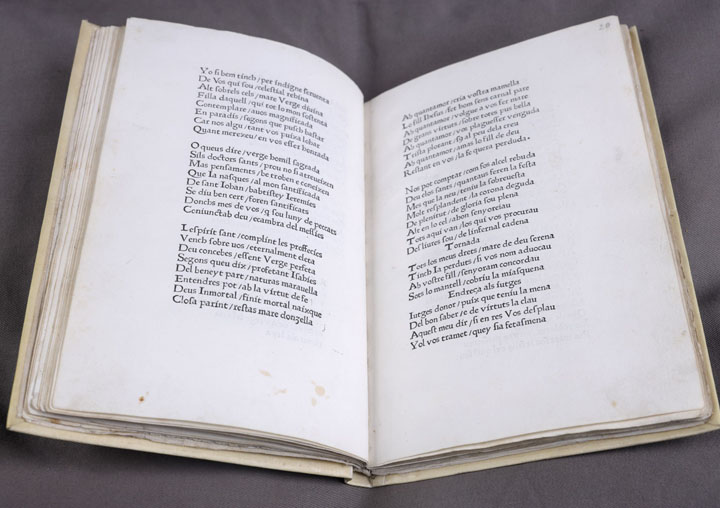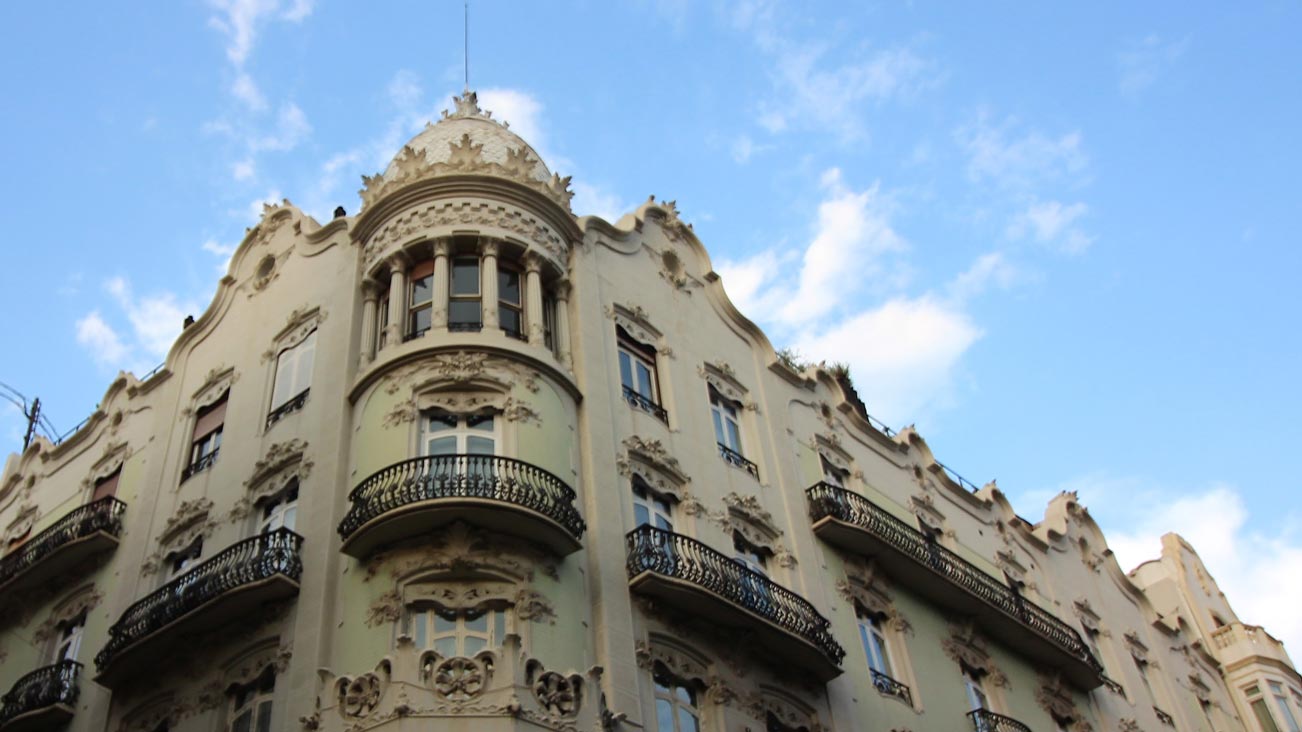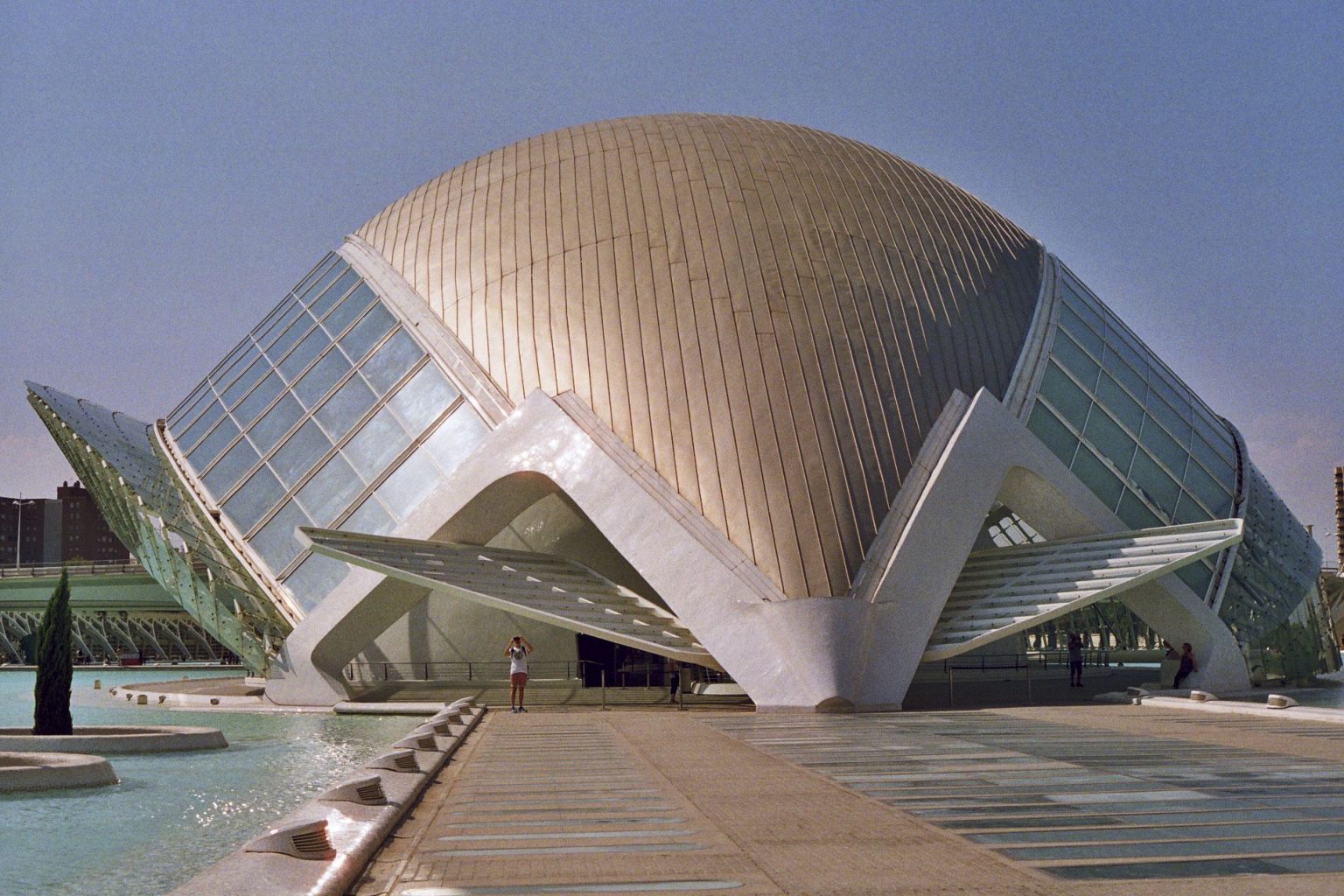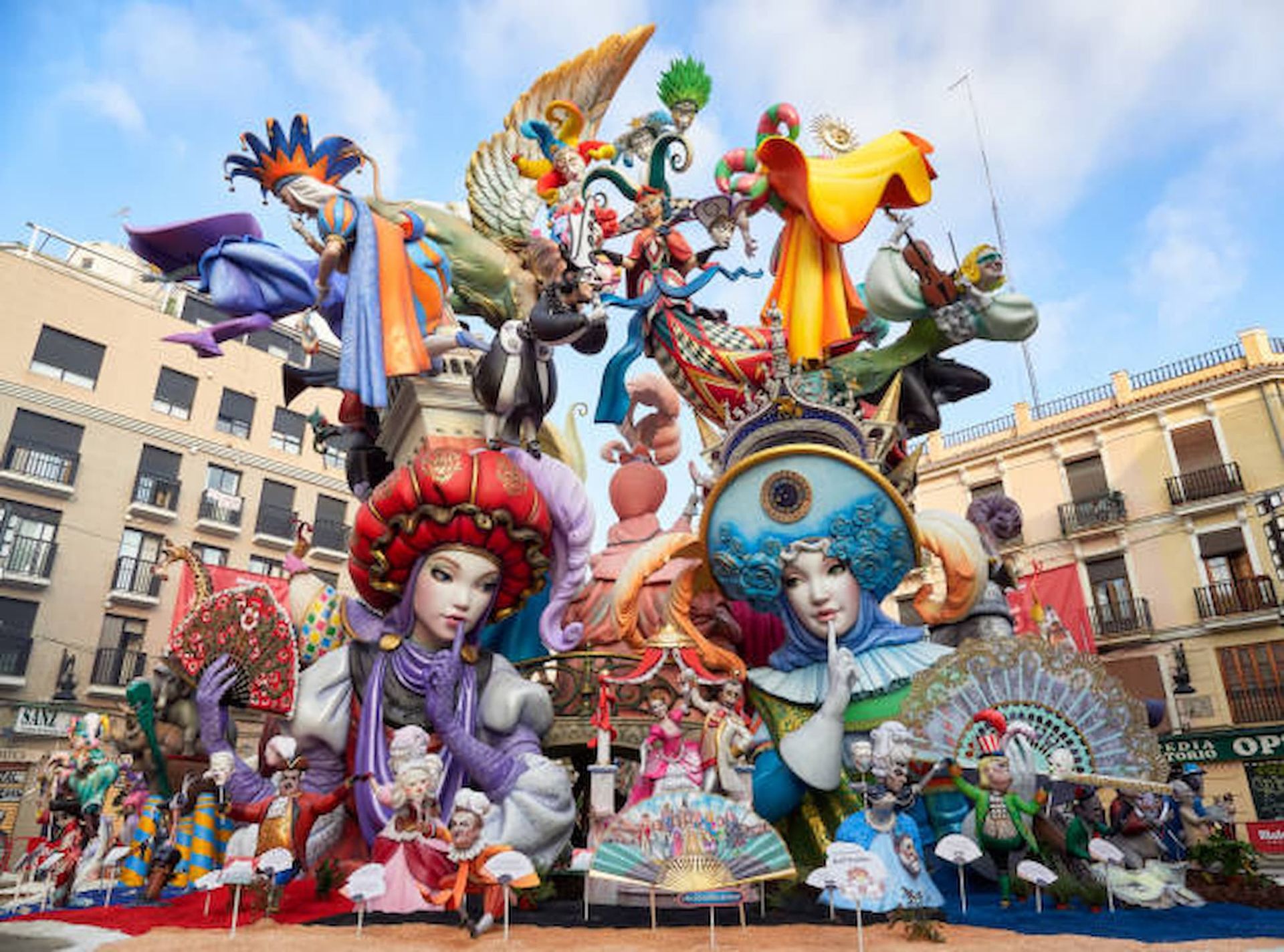Madrid has a long and rich culinary history that resonates with the cultures of many other countries. The culinary culture that Spain obtained was influenced by the centuries of knowledge gained from colonized and defeated countries that fell under Spanish rule.
One of the most culturally important and tasty ingredients in Madrid and Spanish cuisine is the chickpea, which didn’t even originate in Spain. Spain happened to learn of the chickpea way back in the 8th century due to the Spanish Reconquista. Spain as a result of the bloody conflict was introduced to the chickpea, a vegetable that was easy to grow, could grow in bulk, and was highly compatible to their cuisine at the time. While the vegetable was enjoyed by many of high society the chickpea was better known as a staple of the poor common people.

This led to the creation of a staple dish of Madrid that represents the history of Spain’s lower class, a dish that was considered delicious and inferior, a dish that took many years to become a staple in Madrid. This dish is known as Cocido Madrileño which translates to cooked Madrid. This dish is a delicious staple of Madrid and while easy to make is a dish with great freedom to change. This dish is currently served at many restaurants, from fine dining to a family eatery, it is a dish that is influenced by its ingredients and will always be tasty.
The dish itself is comparable to a beef stew, the stew includes chickpeas, potatoes, and other vegetables. The meat is often pork or beef but could anything depending on the chef’s creativity and preference. It is a hearty dish that has many complex textures, and a delicious stock used as the base of the stew. A dish that should be recommended to all who tour the great city of Madrid, whether for pleasure or knowledge, one should never hold back their desire to taste great food.
Sources:
“Traditional Madrid Food.” Gran Hotel Ingles, www.granhotelingles.com/blog/traditional-madrid-food . Accessed 20 Apr. 2025.
“La Carta de Botín – Restaurante Botín: Cochinillos y Corderos Asado de Madrid.” Botín Restaurant | Roast Suckling Pigs and Lamb of Madrid, 24 Feb. 2025, https://botin.es/en/menu-botin/ . Accessed 20 Apr. 2025.



